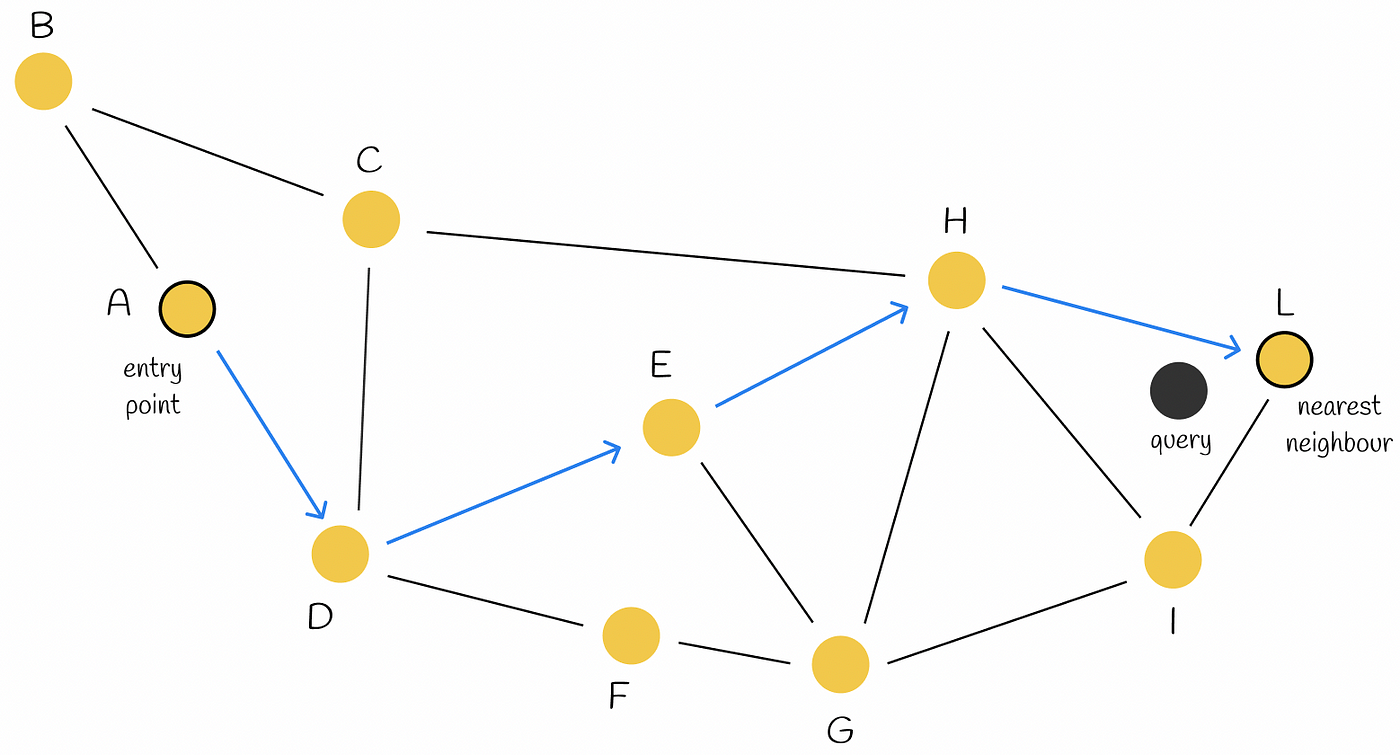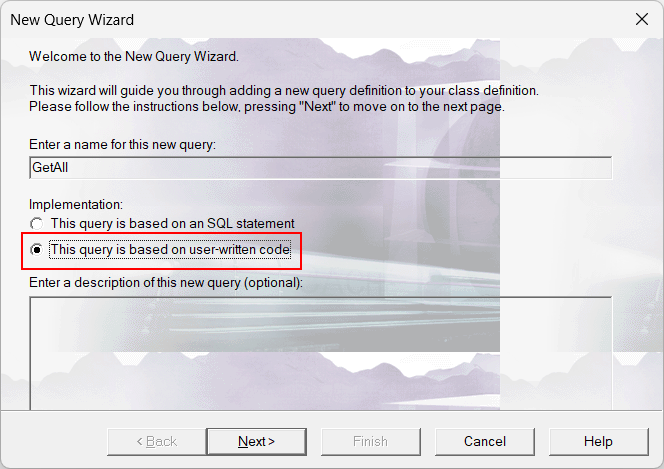.png)
Enhanced Password Management: Edit Passwords Seamlessly
In the ever-evolving landscape of digital security, robust password management tools have become indispensable. Our password management application, designed to simplify and secure your online life, now comes with an enhanced feature – the ability to edit passwords with ease.
Why is this feature a game-changer?


.png)
.png)
.png)
.png)
.png)

.png)
